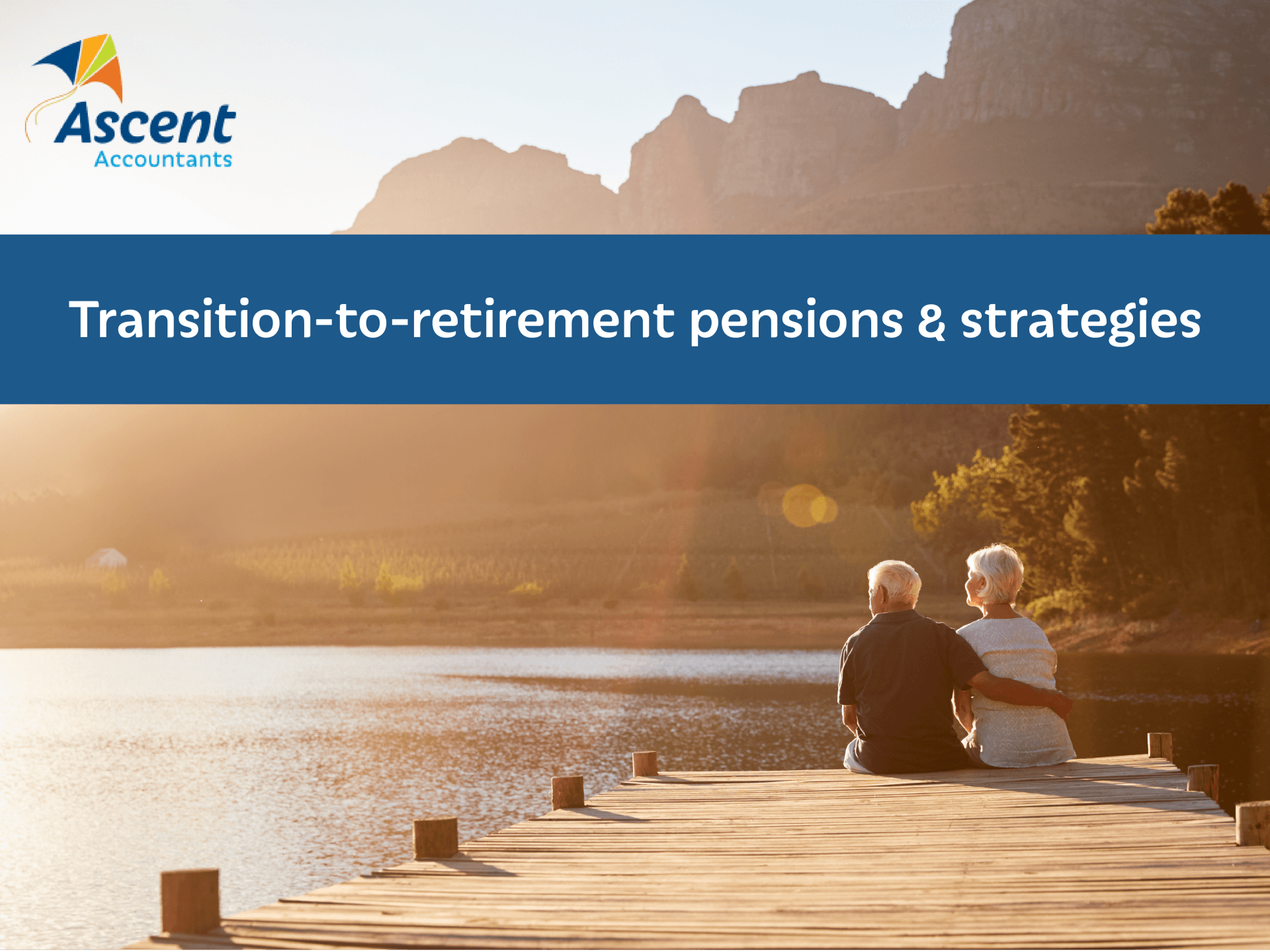Transition-to-retirement pensions & strategies

More on TTRs
TTR pensions provide financial support to people moving from fulltime work to retirement by “topping up” your income from your super savings. For example, supplementing your income as you slowly reduce your work hours or days over a longer period, heading towards retirement. A TTR can be difficult to navigate without professional insight because there seems to be a lot of “ifs, ands, or buts” that come along with the pension. Let’s look at a few of them:
A minimum payment of four percent of the opening pension account balance must be taken each year (reduced by half for this financial year due to COVID-19). The maximum payment is 10 percent a year — the pension must be paid in cash, but no lump sum benefits apply.
Payments that don’t comply may become Early Access Payments, with penalties and additional taxes.
If you’re 60-years-old or over, TTR pensions are exempt from personal income tax. If you’re under 60, the taxable portion of your payment is taxed at your marginal tax rate (reduced by a 15 percent tax offset).
If you’re under 65-years-old and haven’t retired yet, your TTR pension payments don’t count towards your transfer balance cap. In other words, there’s no limit on the amount you can hold in a TTR pension.
TTR pensions retirement planning strategies
In the event of your passing, the first two strategies below (quarantine tax-free contributions and the recontribution strategy) are useful in minimising tax payable by adult children on any death benefits they may receive. They also provide some protection against any future policy changes to the taxation treatment of pensions.
Quarantine tax-free contributions.
If you have a SMSF, you can have more than one pension account within that SMSF. This means that, while no accumulation fund is present, any tax-free contributions made to the fund can be isolated and placed into a new tax-free pension.
Recontribution strategy.
Withdrawn pension amounts are traditionally recontributed back into the SMSF as a tax-free non-concessional contribution. A TTR pension can be started to secure the tax-free status. Just ensure that any amounts you add don’t exceed your contribution caps.
Equalisation of member accounts.
Using TTR pensions to equalise member accounts can be useful if you’re close to — or over — $1.7 million, while your spouse has a lesser balance. Moving amounts from one spouse to another provides increased tax efficiency in the fund, and maximises the use of both pension transfer balance caps on retirement. It also allows greater amounts to be retained in the superannuation account in the event of a spouse’s death.
Plan ahead with Ascent
Planning for retirement is a huge task — one you shouldn’t have to do alone. Together, we’ll explore your superannuation to set you up for success in your golden years. And, with the most effective TTR strategy, we’ll ensure everything is set up in the most beneficial way for your family, too.
Need help with your accounting?








